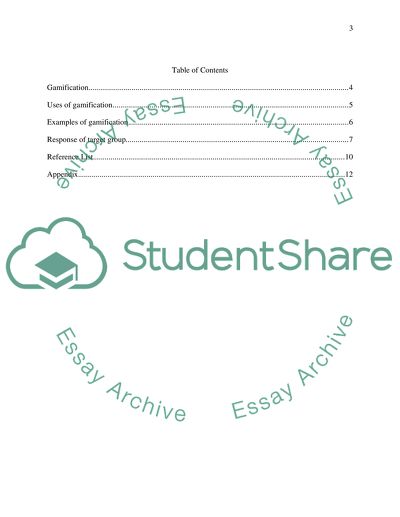Cite this document
(“Gramification Literature review Example | Topics and Well Written Essays - 1500 words”, n.d.)
Gramification Literature review Example | Topics and Well Written Essays - 1500 words. Retrieved from https://studentshare.org/marketing/1488047-gramification
Gramification Literature review Example | Topics and Well Written Essays - 1500 words. Retrieved from https://studentshare.org/marketing/1488047-gramification
(Gramification Literature Review Example | Topics and Well Written Essays - 1500 Words)
Gramification Literature Review Example | Topics and Well Written Essays - 1500 Words. https://studentshare.org/marketing/1488047-gramification.
Gramification Literature Review Example | Topics and Well Written Essays - 1500 Words. https://studentshare.org/marketing/1488047-gramification.
“Gramification Literature Review Example | Topics and Well Written Essays - 1500 Words”, n.d. https://studentshare.org/marketing/1488047-gramification.


